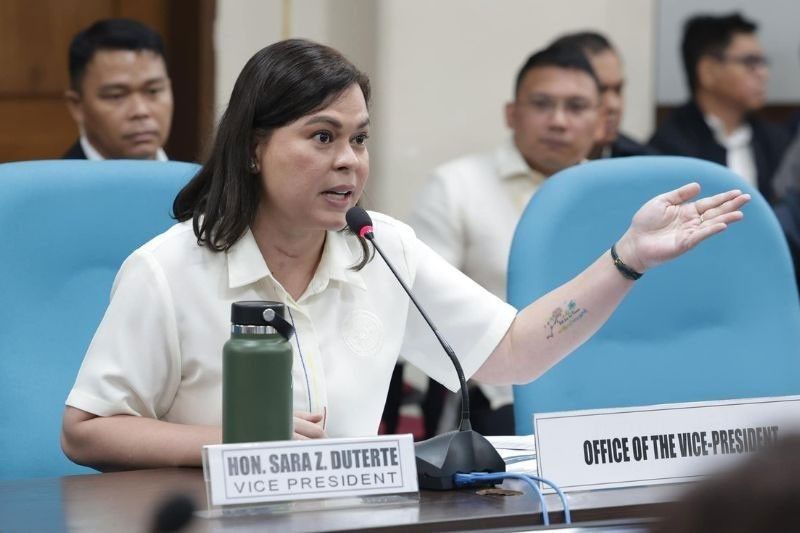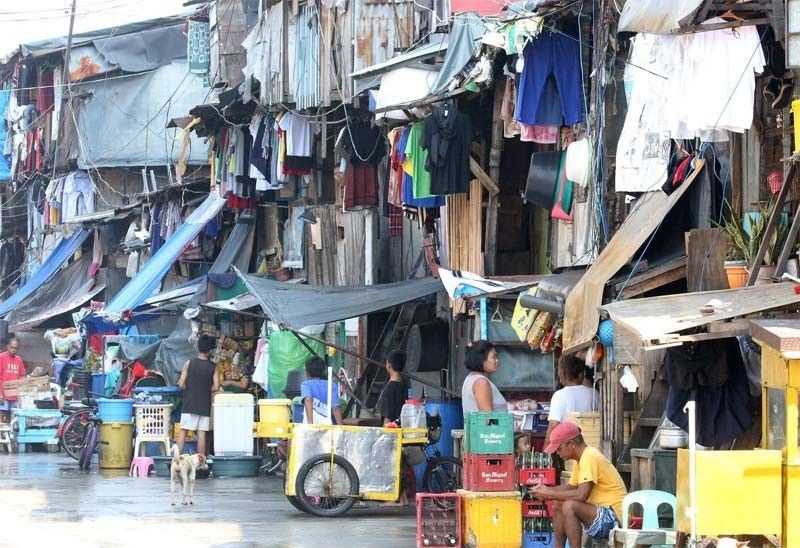
Upgrade to High-Speed Internet for only ₱1499/month!
Enjoy up to 100 Mbps fiber broadband, perfect for browsing, streaming, and gaming.
Visit Suniway.ph to learn
MANILA, Philippines — Five out of 155 party-lists vying for seats in the 2025 midterm elections are projected to secure the maximum three seats, based on the latest Pulse Asia survey.
If the trend holds, this would surpass the 2022 results, where only one party-list managed to obtain three seats.
The five party-lists, which are all incumbent, that are likely to win three seats in the 20th Congress are:
Each of them garnered around 4% to 6% of support from the 83% of registered voters who gave valid responses in Pulse Asia’s survey conducted from April 20 to 24.
Seven other party-lists, mostly regional groups, are projected to win two seats each after surpassing the 2% vote-share threshold:
An additional 34 party-lists are on track to secure one seat, bringing the total number of groups likely to be represented in the next Congress to 46.
Of the 46 projected winners, 30 are incumbent groups, while 16 are newcomers or returnees.
At risk. Some incumbent party-lists, however, appear to be at risk of losing their seats, including Gabriela Women’s Party, Akbayan and Bagong Henerasyon.
This would break Gabriela’s long-running streak in the House, where it has consistently held at least one seat since 2004, and two seats in most Congresses since.
RELATED: Regional breakdown: How party-lists stack up across the Philippines
Gary Dionisio, dean of the Benilde School of Diplomacy and Governance, said the 2025 midterm elections have seen a shift in how party-lists campaign.
What was intended to be a platform-based system, centered on principles and programs, has become increasingly driven by personality.
He added that, aside from regional groups dominating their bailiwicks, the rise of “face-politics” is evident, with party-lists enlisting celebrities and social media influencers to endorse their platforms and connect with voters.
“So, somehow, it erodes the purpose of party-lists, which is really to promote the platform. … So people have to recall the familiarity because the political parties are being associated with the person,” Dionisio said during WR Numero’s press briefing on Tuesday, May 6.
How a party-list wins a seat
Filipinos can vote for only one party-list group in the elections. To win a seat in the 20th Congress, a party-list must receive at least 2% of the total votes cast.
Under the 1987 Constitution, party-list groups must occupy 20% of the House of Representatives, equivalent to 63 out of the 317 available seats.
Each party-list can secure up to a maximum of three seats. These are distributed first among groups that meet the 2% threshold. However, only a few party-lists typically reach this mark.
If, for instance, 10 groups each get at least 2%, the available seats are distributed among them in successive rounds until each reaches the maximum number of seats.
The remaining seats are then allocated to party-lists that received less than 2%, which explains why some groups with even under 1% of the vote still end up with a seat.
The party-list system was designed to give representation to marginalized sectors, including laborers, farmers, the urban poor, indigenous peoples, women, and youth.
But it has long faced criticism for being co-opted by political dynasties, business owners, and former members of the military. Election watchdog Kontra Daya flagged more than half of the party-list groups for having such connections.
The elections are scheduled for May 12, with around 68 million Filipinos expected to vote.

 1 month ago
18
1 month ago
18



